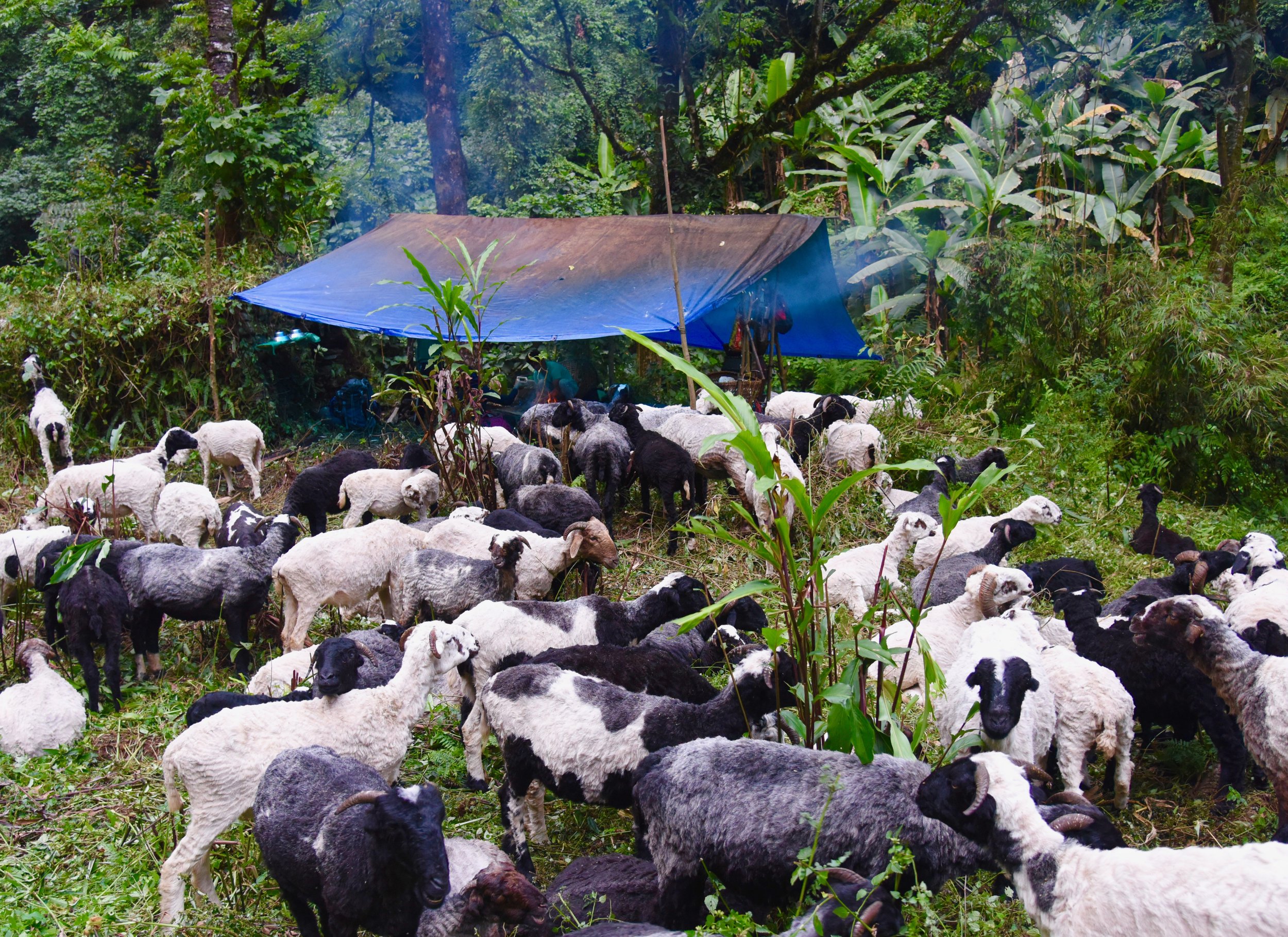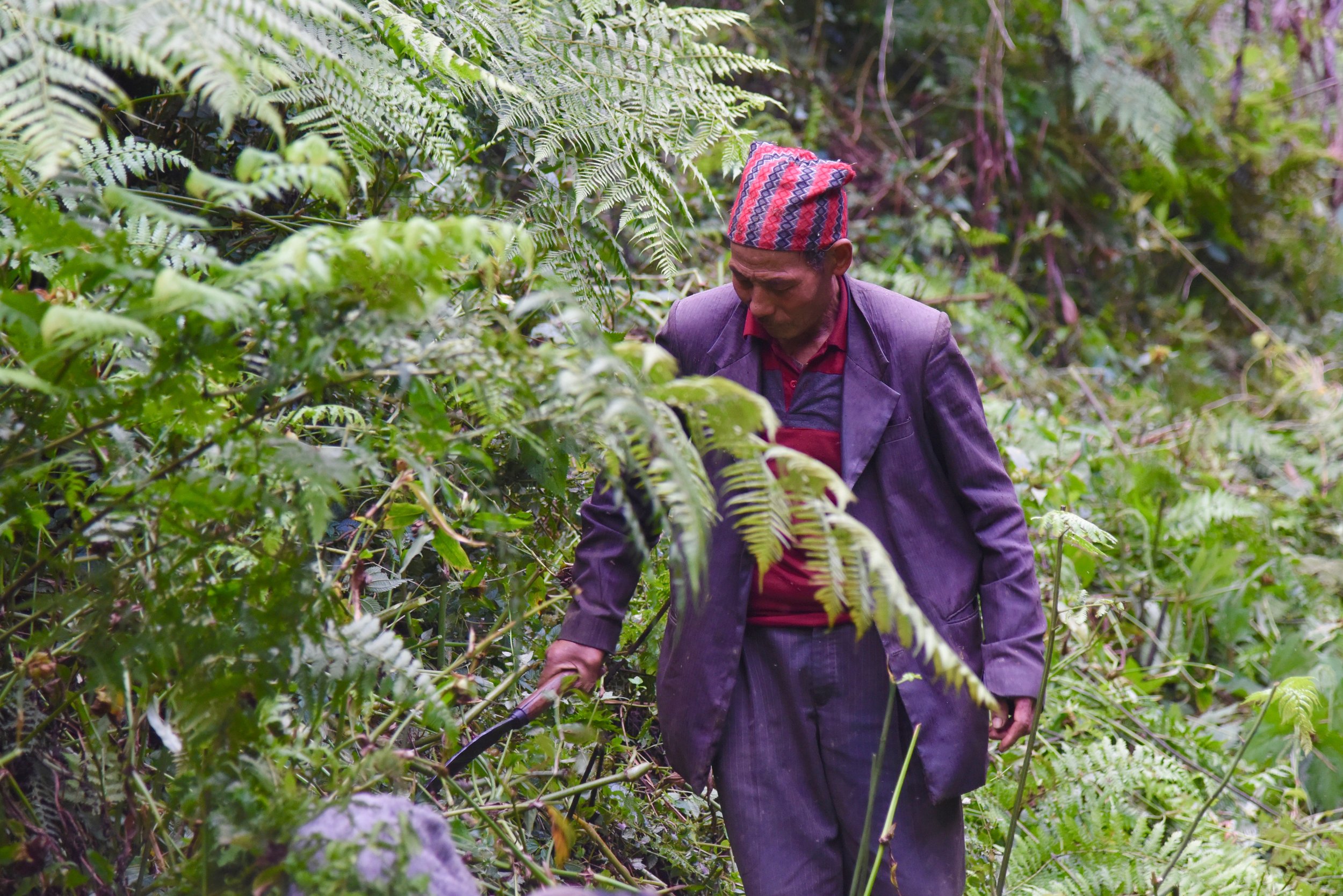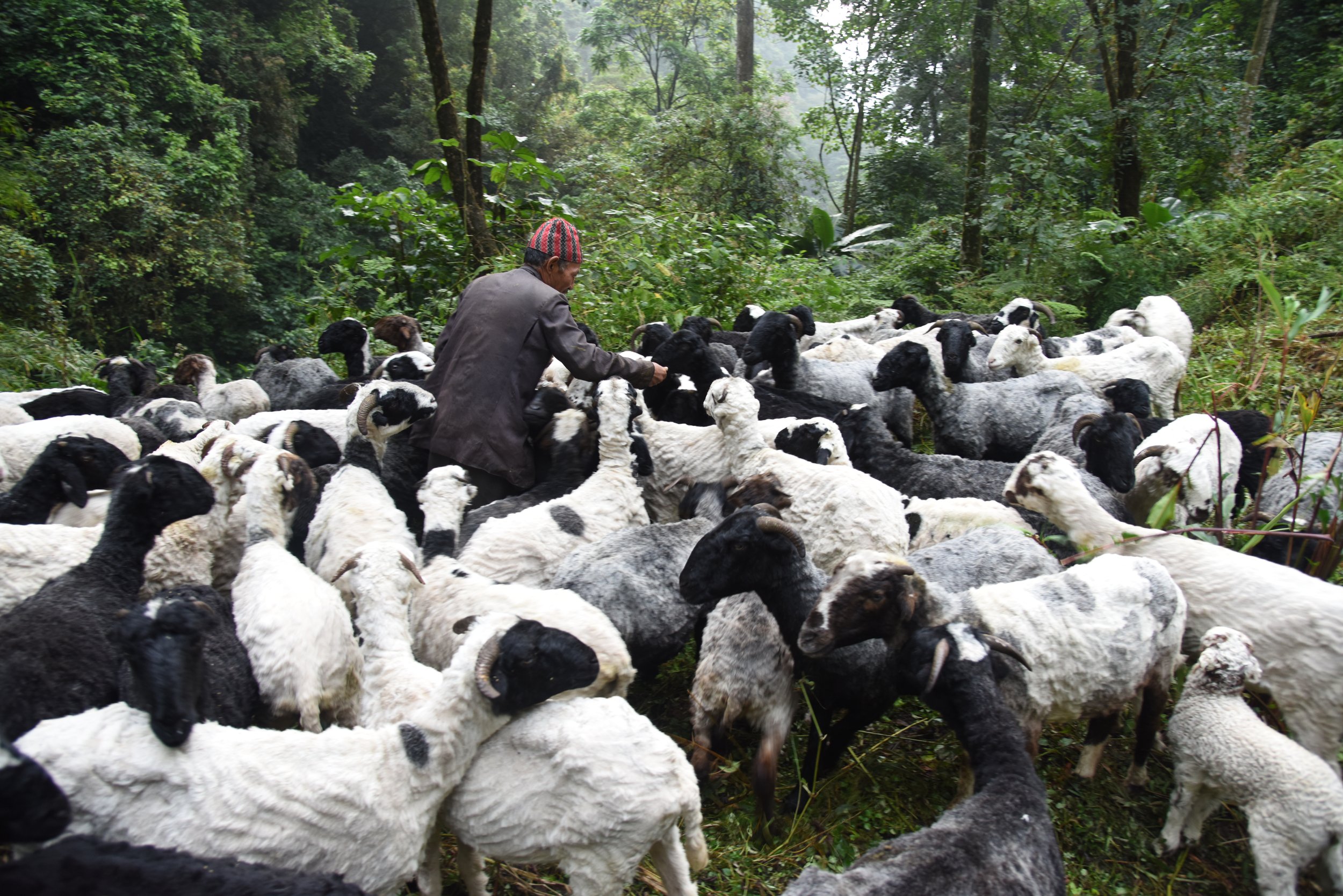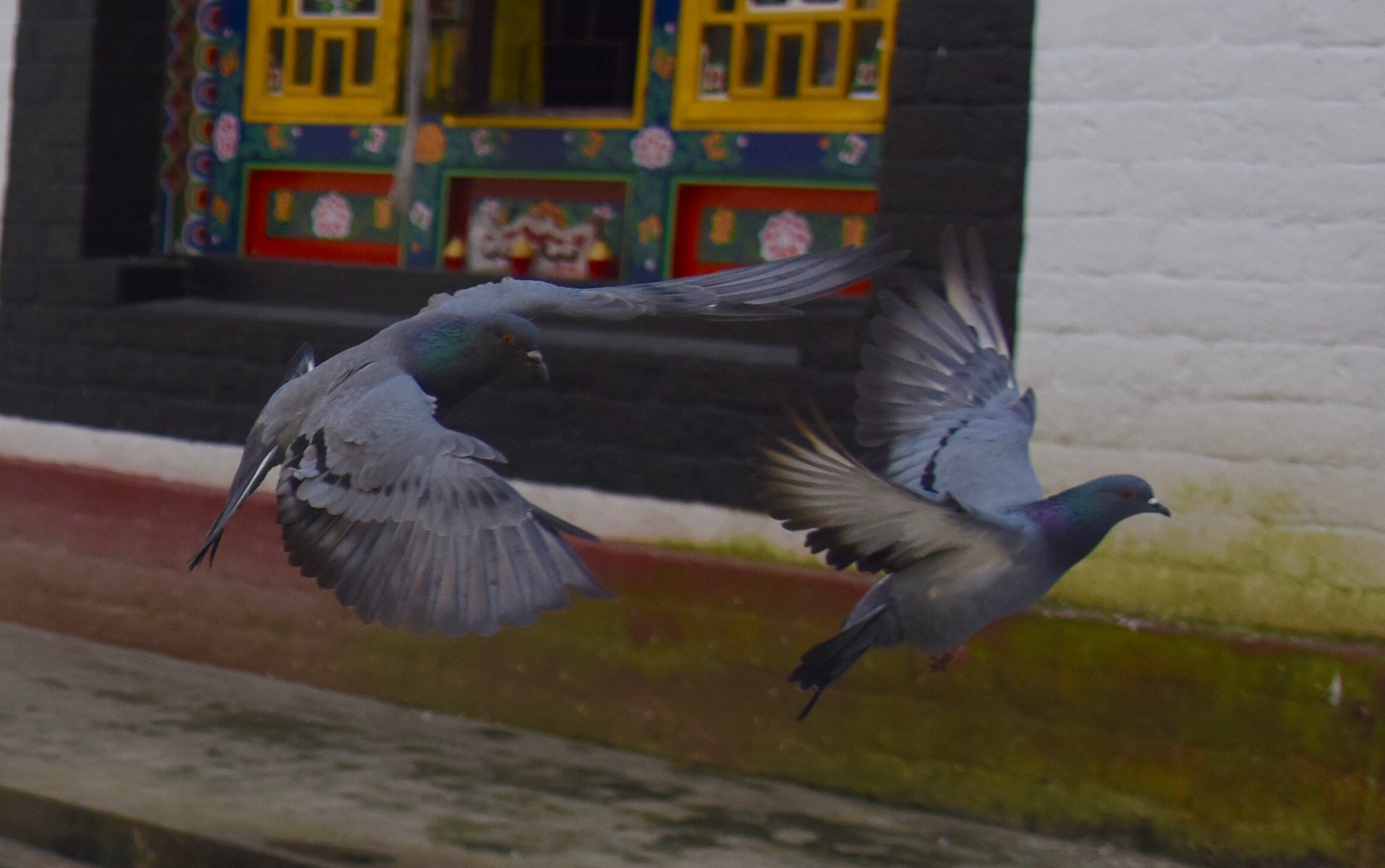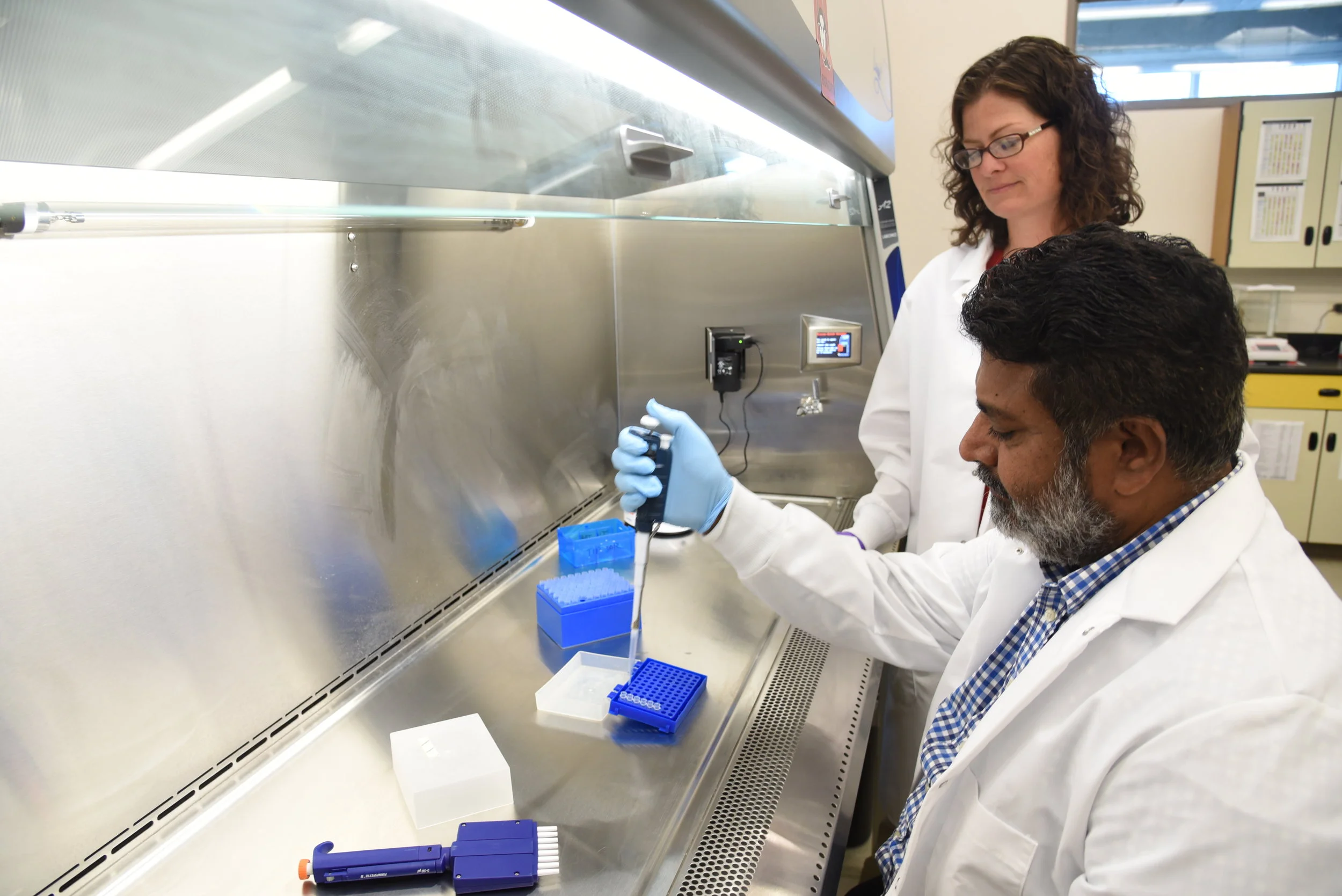Last autumn, before all the craziness of 2020, I spent a month traveling through Sikkim in the Indian Himalayas. I was fortunate enough on this trip to meet a young Indian Ph.D student doing her research on the waning days of nomadic herding in the Himalayas. Together we ventured into the forest to document a day in the life of the last goat herders in Sikkim. Our photo-essay just got published in the Himalayan Journal.
Aitamaan Limboo is one of the last sheep herders in the Himalayan region of Sikkim. In 2002, when a state policy banned most grazing and pastoral herding in the protected areas of Sikkim, Mr. Limboo sold his cattle and buffalo herd. The state continued to grant a few permits to herd goats in the region, so Mr. Limboo then took up a herd of sheep and goats. This is a photo essay exploring a day in the life of one of the last shepherds of Sikkim.
In spending any significant time with someone continuing to live a pastoral existence, one is struck by the considerable social, ecological, and political stress they live under. Livestock rearing requires a day and night effort. It also requires a deep knowledge of the natural systems that can only be acquired through years of direct experience living with your animals on the land. Mr. Limboo knows the seasons, the contours of the landscape, the various grasses, and above all, his animals. The hope for this article is to provide a record of a vanishing way of life—and to record a bit of the collected wisdom passed down from generations of people who have lived a pastoral existence in the forests and grasslands of the Himalayas. READ MORE

